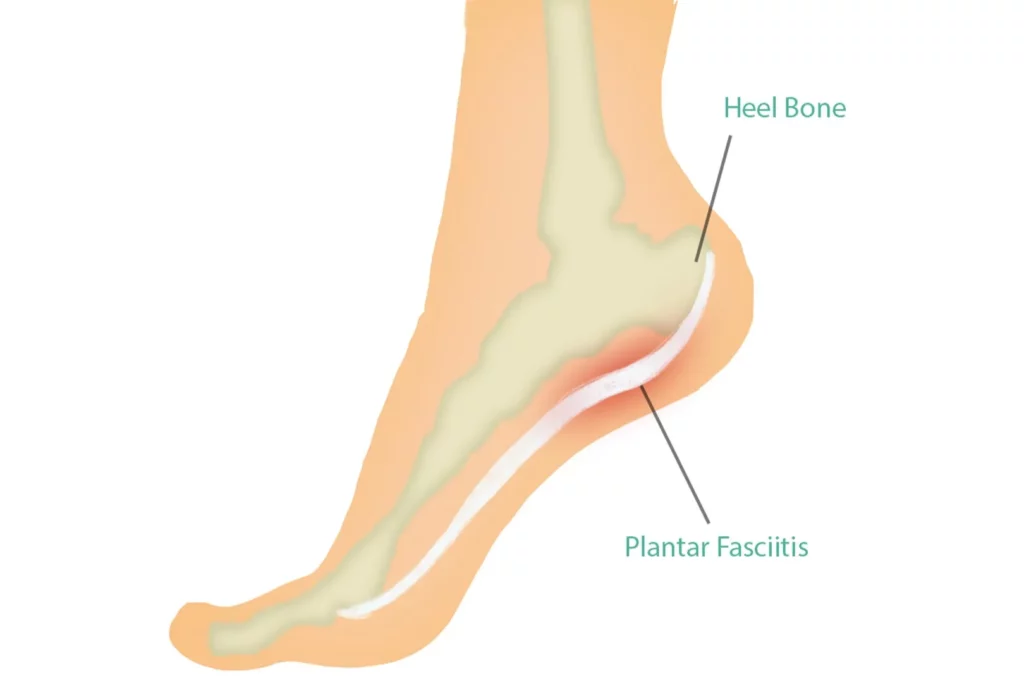What is plantar fasciitis, and how is it caused?
Plantar fasciitis is inflammation of the plantar fascia. This is a thick band of tissue that connects your heel to your toes and runs along the bottom of your foot. When this becomes inflamed it causes pain at the heel of your foot, and sometime along the sole of your foot. The pain is usually at its worst in the morning. There are many things that can cause plantar fasciitis, these include:
- Having flat feet, or having flat or incorrectly fitted shoes
- Being pregnant or overweight, placing more pressure on the feet
- Having an abnormal gait
- Having a job that requires you to constantly be on your feet
- Activities that cause lots of stress on the feet e.g. long distance running
How can chiropractic help?
You may or may not be aware that chiropractors can adjust parts of the body other than the spine, and this includes the joints in your feet. If the joints in your feet are not moving correctly this can place excess pressure on the tissues in your feet, including the plantar fascia. Chiropractors are able to adjust joints in the feet to ensure that they are all moving correctly. Therefore they won’t be placing any unnecessary pressure on the tissues within the foot.
Improper gait is something that can contribute to plantar fasciitis as it places abnormal stress on the feet. Chiropractors are able to adjust feet, ankles, knees, hips, and the spine, as well as giving advice, in order to improve gait and minimise the excess stress being placed on the feet that can contribute to plantar fasciitis.
What are some other things I can do to help with plantar fasciitis?
- Weight control – if you are overweight you are constantly placing extra stress on your feet. By maintaining a healthy body weight you will be placing less stress through your feet which will place less pressure on the plantar fascia. This can give it a better chance of healing.
- Shoes – it is very important to have a good quality shoes that fit well. Ill fitting shoes place more stress on your feet and your plantar fascia. If you are unsure of your shoe size you can get a shoe fitting done. Also avoid flat shoes such as jandals, as these also place more stress on your feet.
- Rest – if you have plantar fasciitis it is important to spend time off your feet. You need to let them rest in order for the inflammation to go down and for your plantar fascia to be able to heal. However it is important not to stop exercise and movement entirely. This can cause the plantar fascia to become stiff, which can increase pain.
- Ice – placing ice on your foot for 10-15 minutes at a time throughout the day will help to bring inflammation down and reduce pain levels.
- Massage – massage can help to relieve the pain in your foot. An easy way to do this is to roll the sole of your foot over a foam roller. You can also freeze a bottle of water and use this to massage and ice your foot at the same time.
- Stretching – gently stretching the plantar fascia can help to relieve pain. An easy stretch to do is to rest your ankle (on the same side as your sore foot) on your opposite knee. Then gently pull the toes on this foot towards your shin and hold for 10 seconds at a time.







